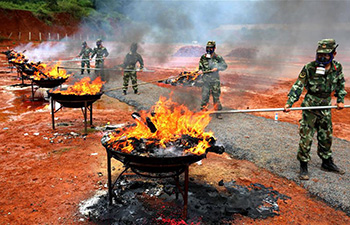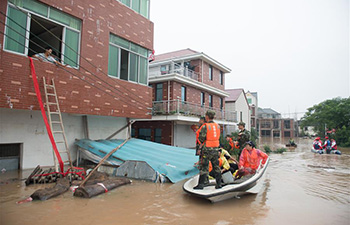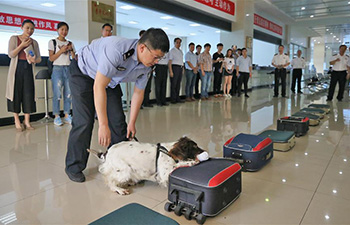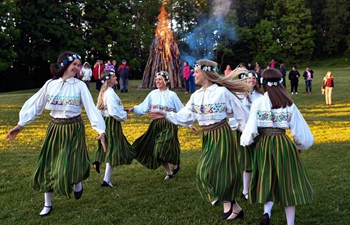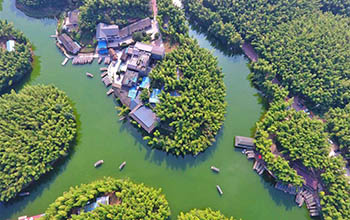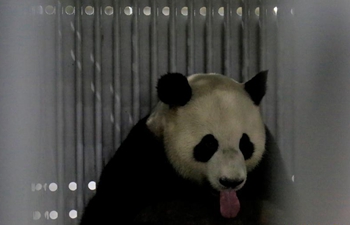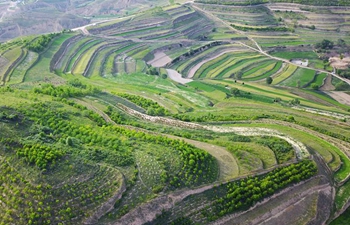CANBERRA, June 27 (Xinhua) -- Australia continues to live up to the reputation of being one of the world's most culturally diverse nations, after the Australian Bureau of Statistic (ABS) released the results of the nation's controversial first online census on Tuesday.
For the first time in Australia's short history, the majority of Australian citizens born overseas are from Asia and not Europe, with surges in migration from India and China, while increased life expectancy and a slower birth rate means Australia is also an aging nation.
The census, which was taken in August last year, came under scrutiny after a cyber-security threat forced the closure of the website. It was then re-instated a couple of days later, after Prime Minister Malcolm Turnbull declared that "heads will roll" over the embarrassing fiasco.
Despite the controversy, head of the Australian Bureau of Statistics, David Kalisch, said the census quality was "comparable" to those in other Western nations.
"The 2016 census had a response rate of 95.1 percent and a net undercount of 1 percent, meaning the quality is comparable to both previous Australians censuses and censuses in other countries, such as New Zealand, Canada, and the United Kingdom," Kalisch said.
"Sixty-three percent of people completed the census online, embracing the digital-first approach and contributing to faster data processing and data quality improvements," he said.
"The ABS undertook a range of quality checks, including a thorough post enumeration survey, to ensure the data can be trusted."
Overall, Australia's population surged to be around 24.4 million as of Dec. 31, 2016, after the ABS considered those who were overseas on census night, an 8.8 percent increase since 2011 when the last national snapshot was taken.
On census night itself, 23,401,892 Australians filled in the mandatory forms, up from 21,507,719 in 2011.
The results showed that Australia's median age grew because of a lower birth rate and a higher life expectancy, there were an additional 664,473 people aged 65 and over in 2016 compared with 2011, meaning one in six Aussies were now aged 65 or over.
According to the ABS, most of the growth in younger age brackets was only driven by an influx of young migrants from Asia.
Also shown in the results, 26 percent of Australians said they were born overseas, England remains the most common country or origin for recent migrants, making up 3.9 percent (down from 4.2 in 2011), New Zealand remained steady at 2.2 percent, while migrants from China (2.2 percent up from 1.5 percent in 2011) and India (1.9 percent from 1.4 percent in 2011) ensured for the first time, more Australians who were born overseas came from Asia instead of Europe.
New South Wales remains the nation's most populous state and Sydney, the nation's biggest city, but the data shows that Melbourne is set to take the title of Australia's largest city in the years to come.
There were 4,823,991 respondents in Sydney on census night compared to Melbourne's 4,485,211, but the Victorian state capital's growth rate surpassed that of its northern neighbor, with 1,859 residents being added to Melbourne's population each week compared to 1,656 in Sydney.
Overall, however, the Australian Capital Territory, home to the nation's capital of Canberra, had the largest growth rate of any state and territory, its population grew by 11 percent (or more than 40,000) in the five years from the 2011 census.






